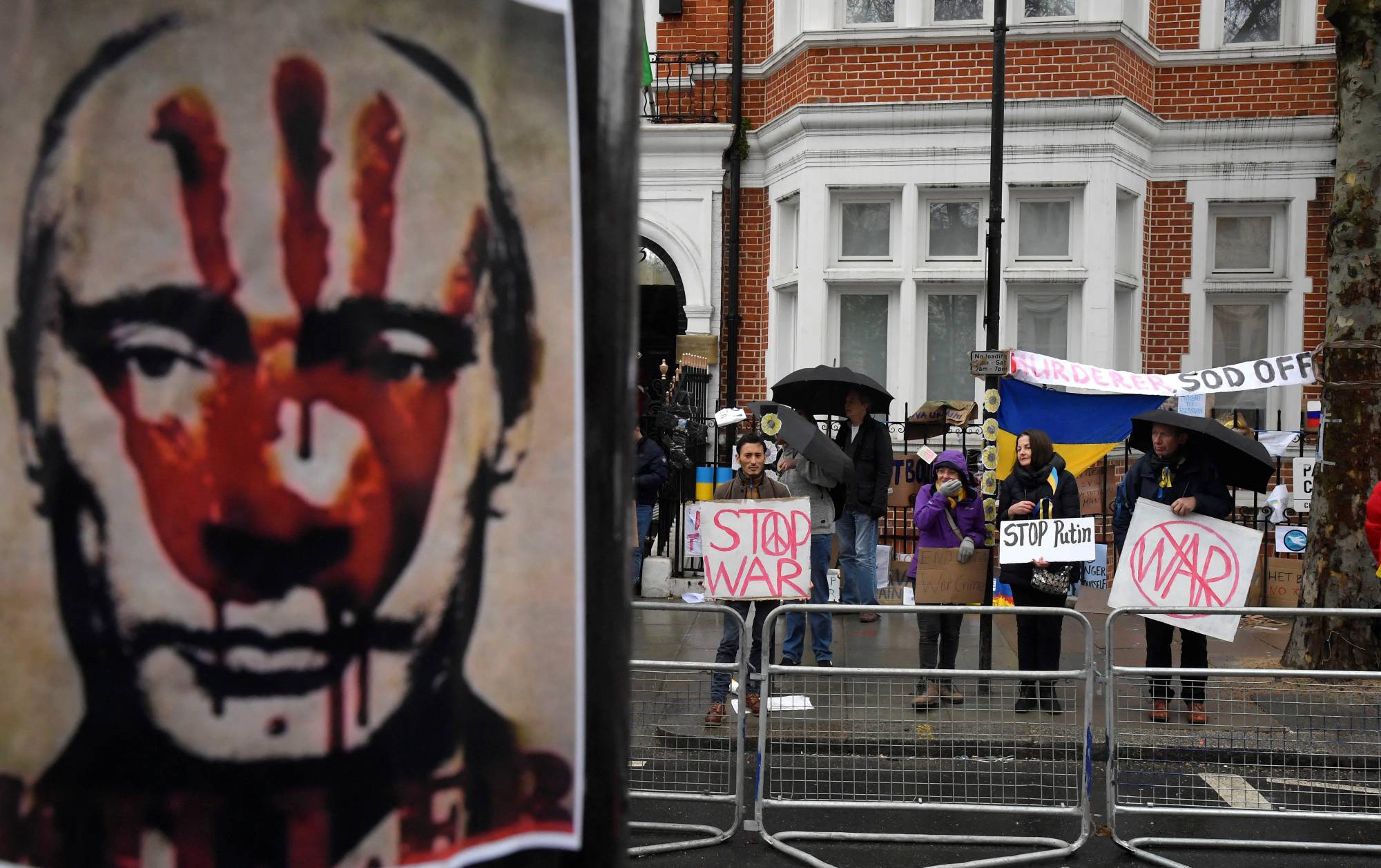U.S. President Joe Biden’s challenge Tuesday night was to unite Americans behind his confrontation with a brutal Russian leader who has shattered more than three decades of post-Cold War peace without setting off fears that the return of superpower conflict will inflict an unacceptable cost.
Even as scenes of ruin were being flashed to the world from the Ukrainian cities of Kyiv and Kharkiv, Biden argued that it was worth paying a price — one he suggested he could limit — to preserve freedom in Eastern Europe. And he celebrated his success in organizing the Western allies to impose truly painful sanctions on Russia’s economy as punishment for the invasion of Ukraine and with the hope of loosening President Vladimir Putin’s hold over his country.
Putin’s aggression, he argued, had actually strengthened an Atlantic alliance the Russian leader intended to splinter. And he made the case that even if Putin prevailed on the ground in Ukraine, Russia would emerge from this "premeditated and unprovoked” war "weaker and the rest of the world stronger.”



















With your current subscription plan you can comment on stories. However, before writing your first comment, please create a display name in the Profile section of your subscriber account page.